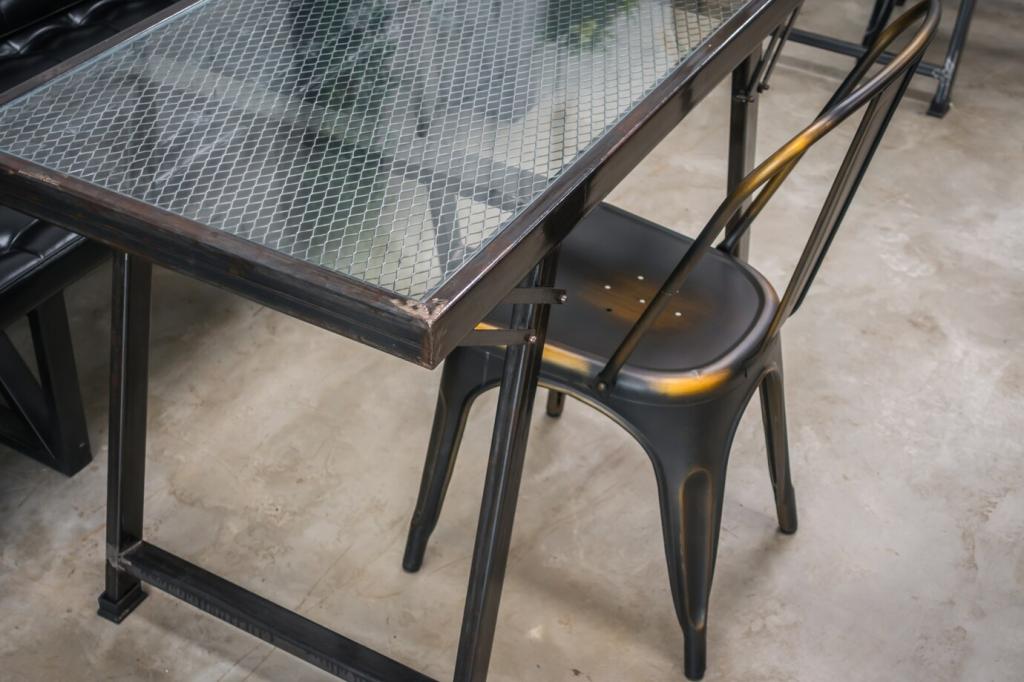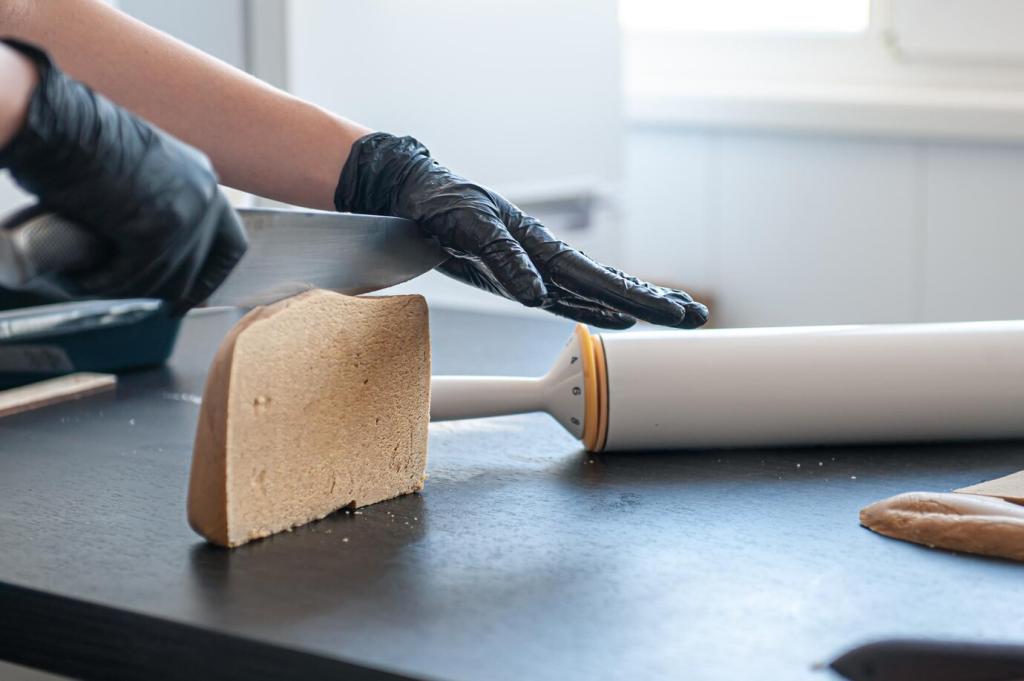Stairs and Tight Turns Without the Drama
On stairs, position the stronger lifter downhill and the taller lifter uphill if possible. Keep the object tilted, heavier end lower, so gravity stabilizes it. Pause at landings, reset grips, and confirm commands.
Stairs and Tight Turns Without the Drama
Angle the furniture to find its longest diagonal, then pivot through the doorway in small, controlled moves. Protect hinges and jambs with padding, and coordinate verbal cues before every change of direction.






